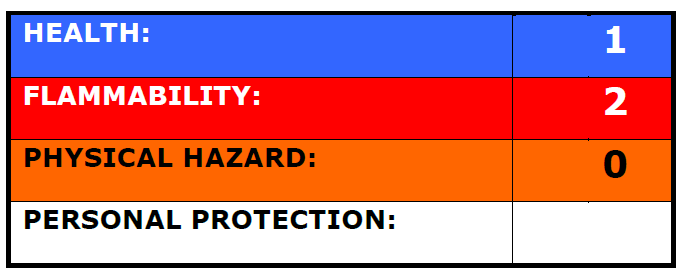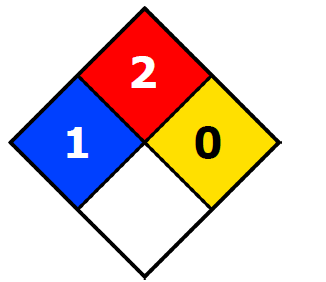Knowde Enhanced TDS
Identification & Functionality
- Chemical Family
- Chemical Name
- Base Chemicals Functions
- CAS No.
- 5989-27-5
- EC No.
- 227-813-5
Features & Benefits
- Labeling Claims
- Ready-to-Use Product Features
- Key Attributes
- 100% citrus oil
- Dissolves HIPS support filaments
- Biodegradable
- Fast Evaporation Rate
- Dissolves ABS plastic to make a slurry for use on print beds when printing with ABS filaments
- ABS Smooth finishing agent
- ABS plastic welding agent
- Highly Miscible with Other Common Organic Solvents
- VOC exempt
- Features & Benefits
- Biodegradable solvent and cleaning agent
- 100% bio-based—free of any petroleum product
- RoHS Compliant
- Acetone
MG Chemicals Acetone is a superfast drying, VOC exempt and zero residue solvent. It is ideal for use in 3D printing. ABS dissolved in acetone, when applied to a print bed, can improve adhesion and reduce print warping. The acetone can also be used to smooth and weld the surface of finished ABS prints.
Applications & Uses
- Markets
- Applications
- Applicable Processes
- Application Area
- Base Chemicals End Uses
- Applications & Usages
- The 433C will dissolve HIPS (High Impact Polystyrene) used in 3D printing applications for creating support material.
- It can also be used for many other applications, such as removing adhesives and tar, cleaning floors, and degreasing. It also works well as a hand cleaner, a release agent, and as graffiti remover.
- It can replace petroleum-derived products in many different applications.
- Application Instructions
To dissolve 3D support structures
- Place the d-limonene solution in a sealable jar.
- Place the print in the jar.
- (Optional) Shake or agitate the jar periodically.
Properties
- Physical Form
- Appearance
- Colorless
- Soluble in
- Water
- Physical Properties
- Temperature Properties
| Value | Units | Test Method / Conditions | |
| Flash Point | 31 (88) | °C(°F) | Closed Cup |
| Refractive Index | 1.468-1.478 | — | — |
| Specific Gravity (at 25°C, 77°F) | 0.85 | g/mL | — |
| Value | Units | Test Method / Conditions | |
| Storage Temperature Limits ⁽ᵃ⁾ | -20 to 40 (-4 to 104) | ˚C(˚F) | — |
Regulatory & Compliance
- Certifications & Compliance
- Chemical Inventories
- Grade
- Regulatory
This product meets the European Directive 2011/65/EU Annex II (ROHS); recasting 2002/95/EC.
Safety & Health
- Environmental Impact
- The volatile organic content is 100% by EPA and WHMIS standards. It is toxic to aquatic life in high concentration. Please dispose of in accordance to local/regional ational/international regulations.
- Health and Safety
May cause allergic reaction and skin irritation in some individuals. Wash hands thoroughly after use. Aspiration of d-limonene into the lung may be fatal.
HMIS® Rating

NFPA® 704 Codes

Approximate HMIS and NFPA Risk Ratings Legend: 0 (Low or none); 1 (Slight); 2 (Moderate); 3 (Serious); 4 (Severe)
Packaging & Availability
- Packaging Type
- Packaging and Supporting Products
Cat. No. Packaging Net Volume Net Weight Packaging Weight 433C-1L Can 945 mL 1.99 pt 799 g 1.76 lb To be determined 433C-4L Can 3.78 L 1 gal 3.19 kg 7.05 lb To be determined
Storage & Handling
- Shelf Life
- 5 years
- Temperature Ranges
Storage Temperature Limits: -20 to 40 °C (-4 to 104 °F)
Note: a) Store in cool, dry, and well ventilated area.